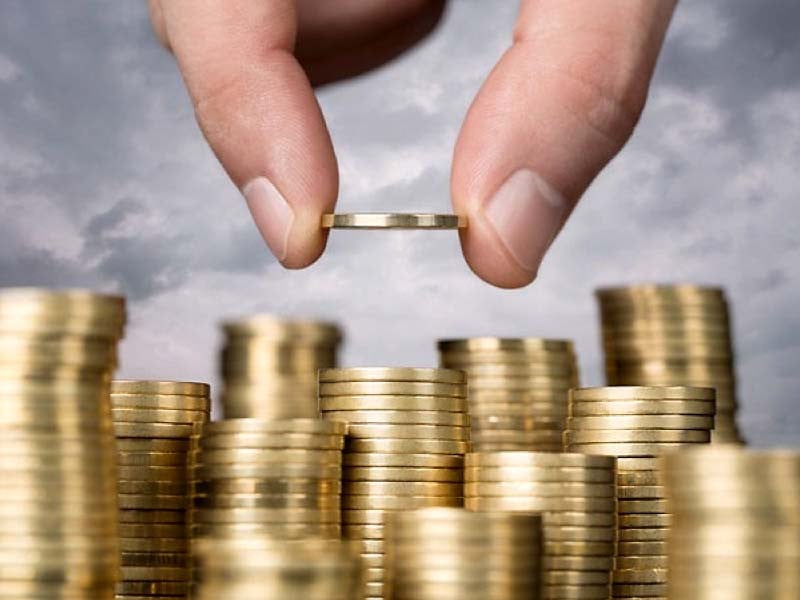Pakistan’s economy has demonstrated significant improvement in the fiscal year 2024, with various key indicators reflecting a positive trend toward recovery. Exports increased to $30.645 billion, up from $26.8 billion in 2022, while imports decreased to $54.734 billion from $58.9 billion in 2022, signaling a favorable trade balance.
The agricultural sector experienced notable growth, with production rising from 4.40% in 2022 to 6.25% in 2024. Foreign exchange reserves also saw a substantial increase, reaching $14.7 billion compared to $10.9 billion in 2022. Key crops, including cotton, rice, and wheat, showed higher yields, and tractor sales surged by 47%.
The government played a critical role in this recovery by allocating 50 billion rupees in subsidies to prevent electricity price hikes for low-income consumers. Agricultural loans increased by 26%, reaching 1,972.8 billion rupees, enabling the adoption of modern technology. The Prime Minister’s Youth Business and Agriculture Loan Scheme disbursed 83.683 billion rupees to over 140,000 beneficiaries.
The manufacturing sector saw growth of 1%, contributing to job creation and overall economic development. Additionally, the government allocated 55 billion rupees for solar-powered tube wells in Balochistan. Fuel prices decreased significantly, with petrol dropping by 70 rupees per liter and diesel by 63 rupees per liter. The minimum wage was raised by 15% to 37,000 rupees.
The Benazir Income Support Program provided substantial financial aid, distributing 470 billion rupees to 9.3 million families. These figures indicate that Pakistan’s economy is on a strong path to recovery, with improvements seen across multiple sectors.
